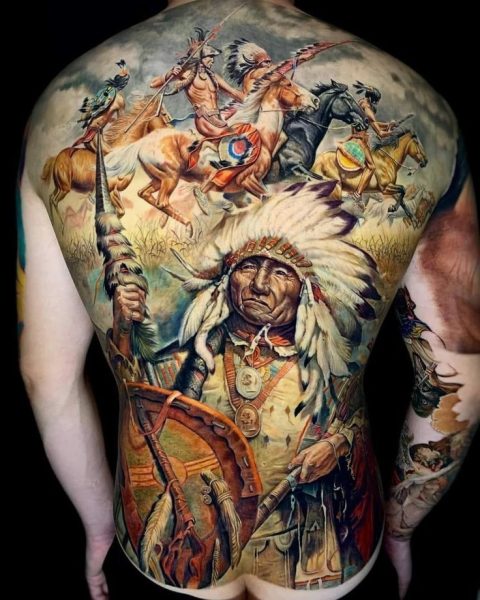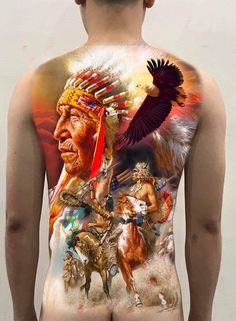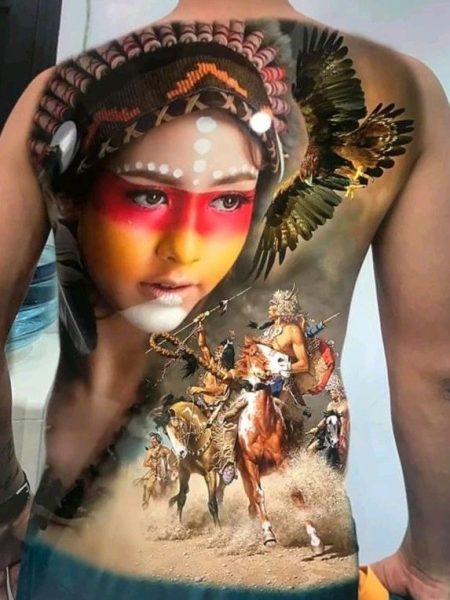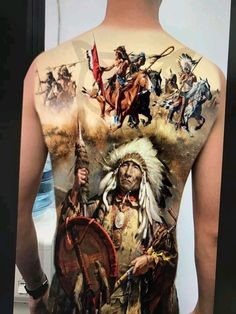
Tattoos have been a form of self-expression and cultural identity for centuries, with tribal tattoos holding a special significance. These ancient forms of body art, rooted in rich cultural traditions, are experiencing a resurgence in popularity today. In this article, we delve into the world of tribal ink, exploring its cultural significance, artistic intricacies, and the revival of ancient traditions in modern tattooing.
The Cultural Significance of Tribal Tattoos
Tribal tattoos are deeply rooted in the cultural heritage of indigenous communities around the world. Each tribal design carries its own unique meanings, symbolizing aspects of identity, lineage, spirituality, and social status within the community.

These tattoos serve as a visual language, communicating stories, beliefs, and traditions that have been passed down through generations.
For many indigenous cultures, tattooing is not just a form of body adornment but a sacred rite of passage. The process of receiving a tribal tattoo often involves elaborate rituals and ceremonies, symbolizing the individual’s transition into adulthood or their connection to the spiritual realm. In this way, tribal tattoos serve as tangible markers of cultural identity and belonging within a community.
The Artistic Intricacies of Tribal Ink
One of the most captivating aspects of tribal tattoos is their intricate and symbolic designs. From geometric patterns to stylized animal motifs, tribal tattoos are characterized by their bold lines, intricate details, and powerful symbolism. Each element of a tribal design carries its own significance, representing aspects of nature, spirituality, or ancestral heritage.
Tribal tattoo artists often draw inspiration from traditional designs while incorporating their own artistic interpretation. The result is a fusion of ancient symbolism and contemporary creativity, creating truly unique and personalized pieces of body art.

Whether it’s a Polynesian sleeve tattoo or a Maori facial tattoo, tribal ink celebrates the beauty of cultural diversity and artistic expression.
The Revival of Ancient Traditions
In recent years, there has been a growing interest in tribal tattoos among people from diverse cultural backgrounds. This resurgence in tribal ink can be attributed to a variety of factors, including a renewed appreciation for indigenous cultures, a desire for meaningful and culturally significant tattoos, and advancements in tattooing techniques.
For many individuals, getting a tribal tattoo is more than just a fashion statement; it’s a way to connect with their roots, honor their heritage, or pay homage to a particular culture. In a world that is becoming increasingly interconnected, tribal tattoos serve as a reminder of the importance of preserving and celebrating cultural diversity.
Conclusion
Tribal ink represents more than just a form of body art; it’s a celebration of cultural heritage, artistic expression, and personal identity. As the popularity of tribal tattoos continues to rise, so too does the appreciation for the ancient traditions and symbolism behind these intricate designs.

Whether it’s a small wrist tattoo or a full-body masterpiece, tribal ink serves as a powerful reminder of the enduring beauty and significance of cultural heritage in the modern world.





